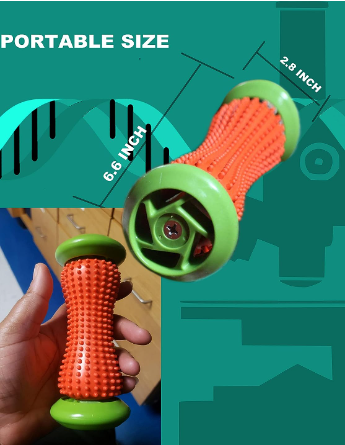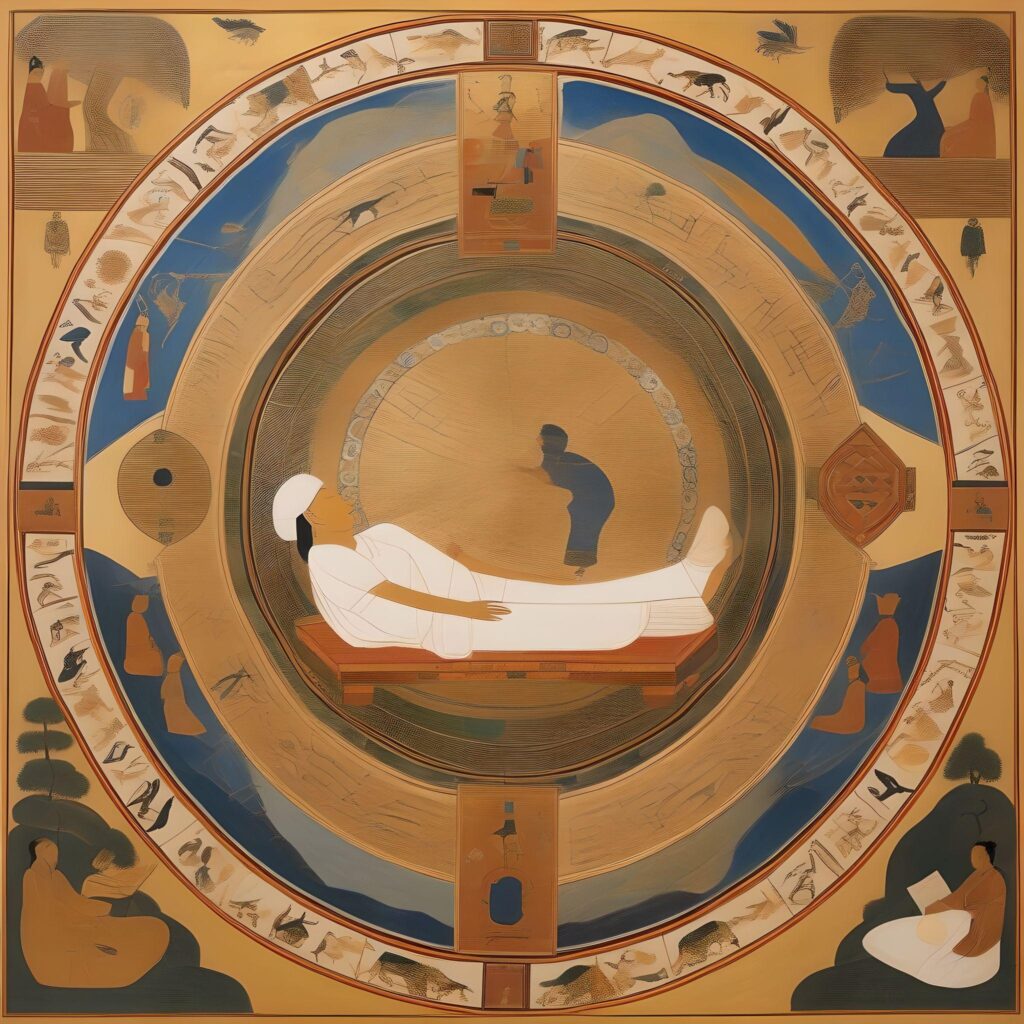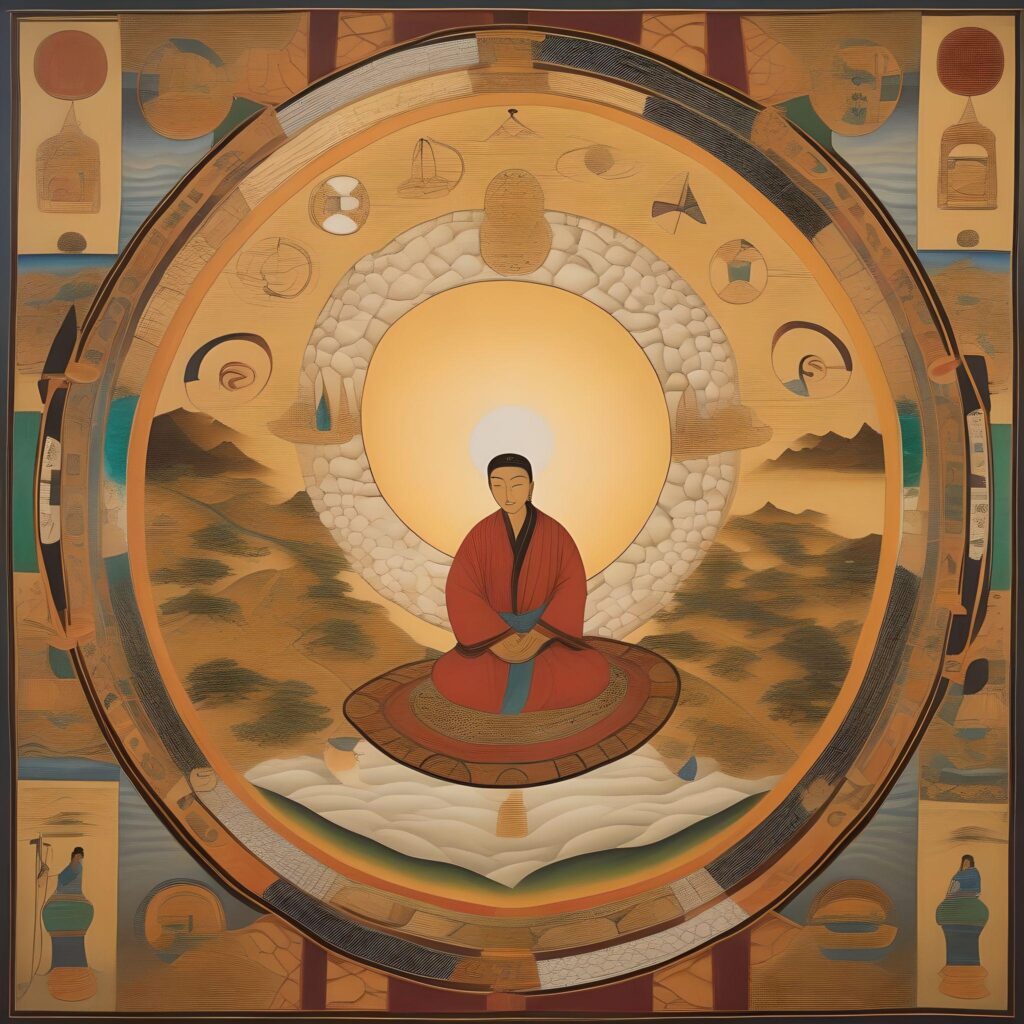
Discover a powerful reflexology ritual to alleviate foot ailments and provide comprehensive foot care. Pamper your feet for ultimate relief. The human foot is a marvel of engineering, but like any well-used machine, it can wear down over time.
This wear and tear often leads to foot discomfort, a common sign of aging and activity-related strain. Common foot ailments such as plantar fasciitis, diabetic neuropathy, arthritis, bunions, and Achilles tendon issues can significantly impact daily life, causing pain and limiting mobility.
However, there is hope for relief through reflexology—a simple yet powerful technique that not only soothes your feet but can also enhance overall well-being. By applying gentle pressure to specific points on the feet, reflexology can help reduce stress, boost circulation, and improve sleep.
In this post, we explore the science, benefits, and practical application of reflexology and how using tools like a foot massage roller can address common foot ailments, providing a natural and effective way to maintain foot health and comfort.
The feet, much like other parts of our body, tend to wear down with time. This wear and tear can lead to foot discomfort, which is really just a sign of these age-related changes.

Let’s break it down:
- Pain in the foot’s sole: This is common in folks with flat feet. It can happen if you’re not very active or if you’ve had to stay in bed for a while. The ligaments that keep your foot’s arch in shape start to loosen up, and the arch can’t hold its form anymore. This makes the bones in your foot drop and the muscles under your foot get tired.
- Bunions: These show up as pain in your big toe when you walk or stand. The tip of your big toe starts leaning towards your little toe, causing swelling and thickening of the skin around the joint.
- Inflammation from shedding skin: If you’re running around a lot, walking for ages, or get caught in chilly, wet weather, you might get inflammation.
- Achilles tendon issues: The Achilles tendon and the tissue around it can get inflamed if they’re hurt, rubbed too much, or strained over time. This is especially true if you’re wearing tight, stiff shoes.
- Heel spurs: These are bony growths on your heel bone that can inflame the nearby bursa, leading to pain.
Table of Contents
Understanding Foot Pain and Aging
Welcome to the world of foot care! Our feet carry us through life, but they can start to feel the effects of aging just like any other part of our body. Foot pain isn’t just uncomfortable—it’s a sign that our feet need some extra attention. In this post, we’ll explore how reflexology, a simple yet powerful technique, can help bring relief and keep our feet feeling great.

The Simple Power of Reflexology
Reflexology is like a secret key to overall well-being, hidden in our feet. It’s a relaxing therapy that involves applying gentle pressure to specific points on the feet. These points are believed to correspond to different organs and systems in the body. The magic of reflexology is that it’s not just about making your feet feel good it can help reduce stress, boost circulation, and even improve sleep! It’s a natural, easy way to support your health from the ground up.
The Science of Reflexology
Reflexology is a therapy based on the idea that different points on the feet are connected to various parts of the body. By applying pressure to these points, reflexologists believe they can promote health and relaxation in the corresponding organs and systems.

New research is showing us that reflexology might be a hidden gem for feeling better. For example, some women with serious breast cancer noticed they could breathe easier after trying reflexology, even though it didn’t help with all their symptoms.
Scientists are curious about how pressing certain spots on the feet can lead to these changes. They think it might have something to do with the special tissue that connects everything in our body, kind of like a big web inside us. When we press on parts of this web in our feet, it might send helpful signals to other places that need some care.
In easy words, think of reflexology as a relaxing foot rub that does more than just soothe your toes—it’s a friendly way to help your whole body unwind. Adding reflexology to your routine could be a smart move for staying calm and collected
History and traditional uses of Reflexology
Reflexology is like an ancient treasure map for health, with roots reaching back through time and across the globe. Picture this: thousands of years ago, in lands like China, India, and Egypt, wise healers figured out something pretty cool. They found that pressing different spots on your feet could actually make you feel better all over!

Let’s zoom in on China first. Over there, reflexology was a big deal in traditional Chinese medicine, going strong for more than 5,000 years. The Chinese had this idea about a special energy called ‘Qi’ zipping around inside us. If Qi got stuck, you might feel sick. So, they used reflexology to keep Qi on the move and keep folks feeling balanced.

Now, hop over to Egypt. Archaeologists found a picture in an old tomb from 2330 BC that shows people doing reflexology. That’s like a historical high-five showing us that even way back then, people knew our feet are linked to our health.
Fast forward to today, and reflexology’s still rocking it. It’s all about hitting those same special spots on your feet (and sometimes hands and ears) to help you chill out, get your blood flowing better, ease pain, pamper tired feet, and boost healing. It’s hung around for ages because it’s a super chill way to help our bodies help themselves
Common Foot Ailments
- Plantar Fasciitis: This is when the band of tissue that runs under your foot gets inflamed, causing heel pain.
- Diabetic Neuropathy: Diabetes can cause nerve damage that leads to tingling, pain, or weakness in the feet.
- Arthritis: This includes various types of joint inflammation that can cause pain and stiffness in the feet.
These conditions can be quite bothersome, but there are treatments and therapies, like reflexology, that can help manage the symptoms
How these conditions affect daily life?
- Plantar Fasciitis: This condition can make walking and standing very painful, especially the first steps after waking up or after long periods of rest. It can limit your mobility and make daily activities like exercising or even grocery shopping challenging.
- Diabetic Neuropathy: The pain, tingling, or numbness caused by this condition can lead to a loss of feeling in the feet, making it hard to sense temperature or pain, which increases the risk of injury. It can also make it difficult to maintain balance, increasing the risk of falls.
- Arthritis: Stiffness and joint pain in the feet from arthritis can restrict movement and make it hard to perform tasks that require standing or walking for long periods. It can also affect your choice of footwear, as some shoes may become too uncomfortable to wear.
These conditions can significantly affect one’s quality of life by limiting everyday activities and independence. Managing them effectively is key to maintaining a good quality of life.
How to Use the Tool

Here’s a step-by-step guide on how to use a foot massage roller effectively:
- Choose the Right Surface: Start by placing the roller on a flat, stable surface where you can comfortably reach it with your foot.
- Position Your Foot: Sit in a chair or stand near a wall for balance. Place your foot on top of the roller.
- Apply Pressure: Gently press your foot down onto the roller to apply pressure to the muscles. Start with light pressure and gradually increase it to your comfort level.
- Roll Slowly: Move your foot slowly back and forth over the roller, allowing the textured bumps to massage the bottom of your foot.
- Focus on Sore Areas: If you find areas that are particularly tight or sore, spend extra time rolling these spots to help release tension.
- Switch Feet: After you’ve spent enough time on one foot, switch to the other foot and repeat the process.
- Consistency is Key: Use the roller regularly, especially after long periods of standing or walking, to help prevent foot pain and discomfort.
- Clean After Use: Wipe down the roller with a damp cloth after use to keep it clean and hygienic.
Remember to listen to your body and avoid overdoing it. If you experience any sharp pain or discomfort, stop using the roller and consult with a healthcare professional if necessary.
Highlight its features and how it addresses foot ailments
- Textured Roller: The cylindrical roller is covered with raised bumps and ridges, which are crafted to mimic the hands of a massage therapist, providing a deep tissue massage to the soles of the feet.
- Stimulates Blood Flow: The textured surface helps stimulate blood flow to the feet, which can aid in healing and provide relief from pain and soreness.
- Tension Reduction: Rolling your feet over the bumps and ridges can help reduce muscle tension, offering a soothing effect and potentially easing conditions like plantar fasciitis.
- Handheld Design: With handles on either side, this tool allows you to control the pressure and movement easily, ensuring you can target specific areas of your feet that need attention.
- Ease of Use: The handheld nature of this massager means it can be used at home or on the go, making it a convenient option for regular foot care.
- Addresses Foot Ailments: By providing targeted pressure to areas of discomfort, this roller can help address common foot ailments such as plantar fasciitis, diabetic neuropathy, and general foot soreness.
Using this tool regularly can help manage foot pain, improve mobility, and contribute to overall foot health. It’s a simple yet effective way to support your feet’s well-being.
Tips for maximizing relief

- Start Gently: Begin with light pressure and gradually increase as your muscles relax and you can tolerate more.
- Find Tender Spots: Slowly roll your foot until you find a tender spot. Once located, maintain pressure on this spot for 20-30 seconds to help release the tension.
- Controlled Movements: Roll slowly and with control. Quick rolling is less effective than slow, deliberate movements.
- Stable Surface: Use the roller on a stable surface to ensure you have balance and control during the massage.
- Regular Use: Incorporate the roller into your daily routine for consistent benefits, especially after activities that put stress on your feet.
- Hydrate: Drink plenty of water after using the roller to help flush out toxins released from the muscles.
- Combine with Stretches: Pair the use of the roller with foot and calf stretches to enhance flexibility and relief.
- Listen to Your Body: If you experience sharp pain or if the discomfort increases, stop using the roller and consult a healthcare professional.
By following these tips, you can help ensure that you’re getting the most out of your foot massage roller and providing your feet with the care they need.
Personal Experience/Testimonials

Conclusion
Using a foot massage roller regularly can help manage foot pain, improve mobility, and contribute to overall foot health. By following these tips, you can maximize the relief and care that your feet receive. Incorporating reflexology techniques into your routine can effectively support well-being.


